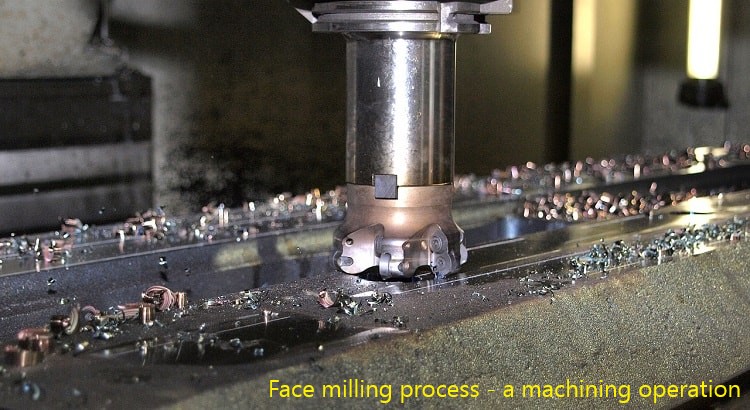
Entanglement can be achieved by needle punching, or by air or water jet punching. This problem can be overcome by directly producing complex shaped preforms (see Section 2.18.3.5.1(iv)).Īlternatively, a mechanical bonding can be obtained by entanglement, stitching, or knitting. The presence of the binder inevitably limits the deformability of the preform and thus the complexity of the parts that can be produced. In those cases, medium- or low-solubility binders (for instance, silanated acrylic resin) have to be used, which have a negative effect on the mechanical properties.

Preforms with soluble binders do not have any strength in the wet state, resulting in tearing of the preform or fiber washing during resin injection. If preform strength is required in the dry state only, a soluble binder is preferably used: a polyester or polystyrene binder will dissolve in a polyester or vinylester resin upon impregnation, resulting in a fast wet-out of the preform. The important requirements for a binder are the uniformity of the distribution, and the compatibility and solubility with respect to the matrix system.Īs mentioned before, the binder stabilizes the dry preform to improve the handleability. This binder can be a thermoset or a thermoplastic in the form of a powder, an emulsion, or a solution. The bonding can be achieved chemically (using a binder) or mechanically.Ī chemical bond is obtained by spraying a low amount of binder (usually 2–10% by mass) on the sheet during the preform production. Manufacturing of different types of random mats, based on glass fibers (own figure after Vetrotex brochure).Īfter deposition of the fibers, some bonding is required to maintain the integrity of the preform. Such preforms are typically used in LCM parts having a significant thickness, or a 3-D shape.įig. Tows can be oriented at different angles in 3-D space, providing structural support in a multitude of directions, depending upon the application. Random mats are typically isotropic in their structural and flow properties, which is often untrue for woven or stitched fabrics.įiber tows can be formed into 3-D shapes using braiding and weaving techniques. These fabrics are formed using small tows (approximately 100 fibers), and have a structure which is more random in nature than woven or stitched fabrics. These fabrics typically are formed from low cost E-glass fibers, cheaper than woven and stitched fabrics, and are used for low-strength applications. Another large class of preform fabrics include “chopped” and “continuous strand” random mat. The cross-sectional width and thickness of tows are of the order of milimeters. These tows are generally elliptical in cross-section, and may contain from 100 to 48 000 single fibers. One large class of fabrics is manufactured by either weaving or stitching together bundles, or “tows,” of fibers. Fabrics are laminate structures having fibers aligned in the in-plane directions.


Many preforms are formed using fabric reinforcements. Hybrid preforms are also used by having different types of fabrics within the same preform to take advantage of properties of each fabric. A variety of fiber types are used to manufacture LCM preforms, the most common being glass, carbon, and aramid (commonly known as Kevlar). LCM processes offer the ability to tailor the fiber preform, reinforcing a part in the directions and areas required. SOZER, in Comprehensive Composite Materials, 2000 2.23.1.3.1 Fiber preformsįiber preforms make up the structural skeleton of fiber reinforced composite parts (see Chapter 2.18 this volume).


 0 kommentar(er)
0 kommentar(er)
